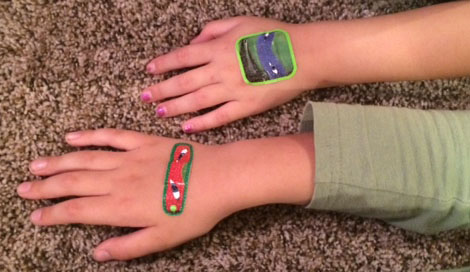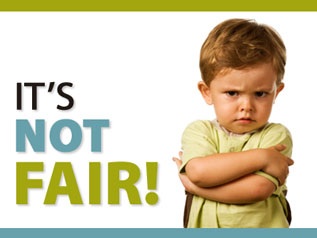
After 16 weeks of striving to develop a positive attitude, I’ve found that it still doesn’t come easily, but it is coming easier. I hope it’s easier for you to be positive as well. If you missed any of my blogs on the subject, please refer back to my website at www.TamiBrumbaugh.com.
Here is a review of the main points we practiced and my plan for keeping it going.
- Stop the stinking thinking. You have control over your thoughts. Catch them before they get off track and send you into a spiral. MY PLAN: When a negative thought pops into my head I realize it, grab it, and tell myself to be done with it.
- Replace the negative thoughts with positive ones. Count your blessings. What are you thankful for? MY PLAN: My family and I are still writing blessings on small pieces of paper and placing them into our Blessing Jar. We will read them on Thanksgiving.
- Accept that life isn’t fair and move on. God will help you through it. MY PLAN: I will remember that fair doesn’t mean equal, and that comparing myself to others will only make me unhappy.
- Get exercise. Release those endorphins. A workout or a walk outside can do wonders. MY PLAN: In addition to my regular walks and workouts, I am still doing yoga moves whenever I have a spare moment.
- Find a way to help others. It gets your mind off yourself. MY PLAN: I refer back to the list of 30 ways to focus on others whenever I am struggling for ideas.
- Stop whining and complaining. It brings others down. MY PLAN: I use the Complaint Vent Journal when I need to whine a bit.
- Pump in the good. Listen to positive music. Read a positive book. Talk to a positive person. Pray. MY PLAN: I’ve put the 25 songs with positive messages on my phone, and hope to add more as I stumble across them.
For those of you who have mastered all seven suggestions, God bless you. For the rest of us mere mortals, keep striving. With continual effort, we can become positive people.


 seems unfair. It shares the story of a Navajo girl who spent years working toward owning a horse of her own. Just when her dream is within her grasp, disaster strikes, and the pinto filly she earned goes to someone else. So unfair! She struggles with the choice to persevere and grow or withdraw and wither.
seems unfair. It shares the story of a Navajo girl who spent years working toward owning a horse of her own. Just when her dream is within her grasp, disaster strikes, and the pinto filly she earned goes to someone else. So unfair! She struggles with the choice to persevere and grow or withdraw and wither.